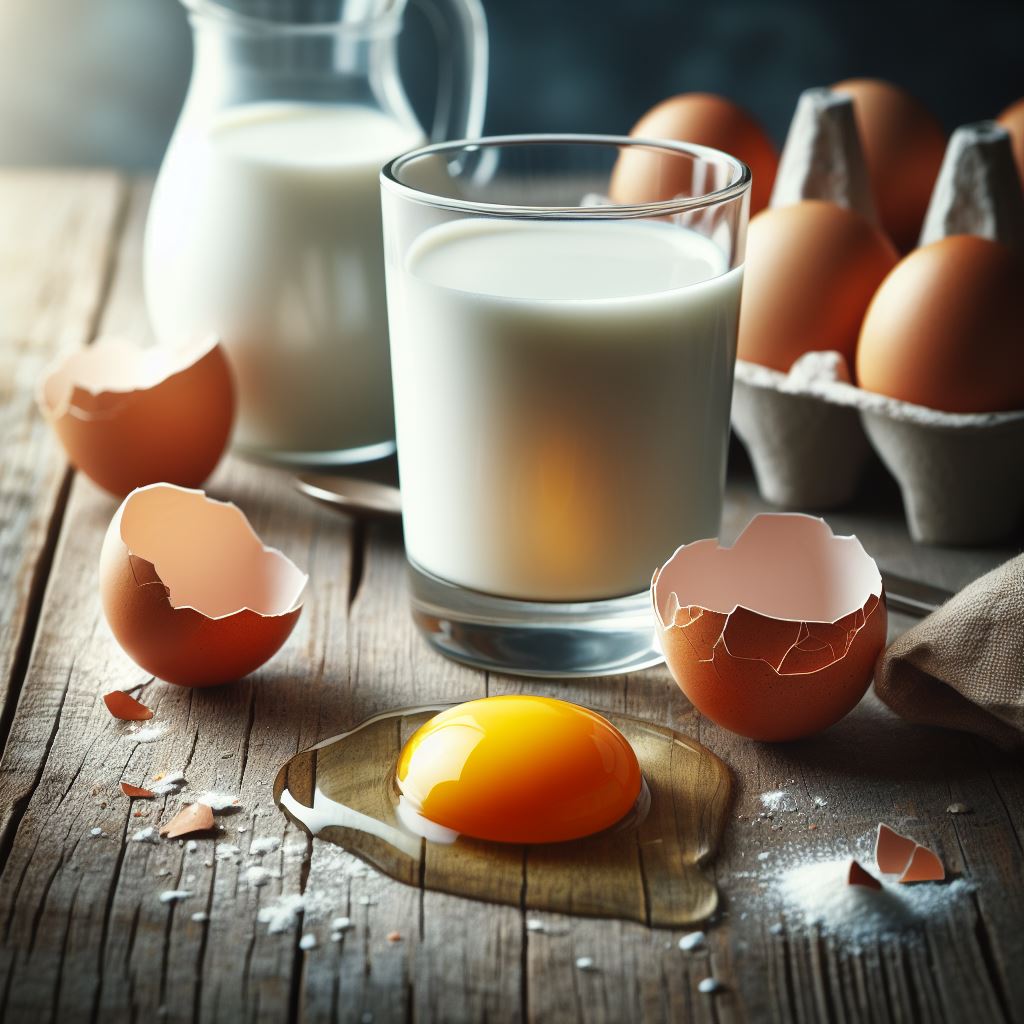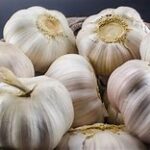How to Cook Ugali without Sticking on the Pot
Ugali is a staple food of many African countries including Kenya.
Ugali is cooked by mixing either maize, sorghum or millet flour with water and cooking until it forms homogeneous mass.
Ugali pepared from maize flour is white in colour while Ugali prepared from millet or sorghum is brown.
The main nutrient in Ugali is carbohydrate i.e. starch.
There is a big problem encountered during cooking of ugali. The flour used (either maize, sorghum or millet) sticks on the inside surfaces of a cooking pot. This requires a lot of difficult work to clean the cooking pot.
In this article, I will outline steps to make ugali that doesnot stick on the cooking pot
Process of making Ugali which does not stick to the sauce pan
Ingredients
1/2 kg of maize flour
1/2 litre of water
olive oil
Teflon coated cooking pan
Steps
1.Put the water into the cooking pan and heat till it boils.
2. Add olive oil (approx 50 ml). Normally Ugali is cooked without adding oil
2. Add maize flour while stirring to ensure that it is heated and mixed homogeneously.
3. Continue adding flour until it forms a cake.
5. You can control the hardness of the cake by the amount of flour you add into the boiling water.
6. The whole process of coking could take between 8-15 minutes.
7. After attaining the desirable hardness, transfer the ugali to a serving plate.
8. The cooking pot will be left smooth and clean without remnants of ugali sticking.
Serving options
Ugali can be served with vegetables like kales (sukuma wiki), cabbages, fish or meat.
Advantage of Ugali that does not stick on the pot
Save enormous time which could otherwise be spent doing tedious work of cleaning cooking pot.
[email_link]
Comments
Sorry, the comment form is closed at this time.




Henry April 30, 2010 12:09 pm
Joshua, quite an interesting piece. Are you frying Ugali or you mean to cook it? I think the end result isn’t Ugali but somethin else…..(may be porridge)! the idea is good…..may be will try someday
Joshua Arimi April 30, 2010 1:13 pm
Hi Henry,
Actually, what I have written here is something that I have tried and succeeded doing. It was nightmare to have cooking-pot with sticking ugali left in the sink after every Ugali cooking session (especially at night). I had to look for a way to sort the mess. Thats how I came up with this idea. I tried it, and it succeeded. I actually have a video for it. I will post it in near future.
Try it, and you will be surprised how clean the cooking pot is left.
By the way, if ugali does not stick on cooking pot you save a lot of flour. Remember that all the ugali sticking on the pot is a waste which translates to a waste of flour.
Norah Nyaga May 7, 2010 12:34 pm
Joshua,
I think Teflon coated cooking ware is an investment one should make .
if cooking will be easier, From frying pans, shallow frying and deep frying and baking tins.
the non stick pans are very good especialy for frying eggs and pan cakes since one will use very little oil.
Now have known another use of the non stick pan -cooking ugali!
thanks!
Joshua Arimi May 14, 2010 5:13 pm
Bang on Norah. Teflon coated cooking ware is a sure necessary accessory in every kitchen nowadays. It eases work and helps in saving oil and money. Thanks for bringing in more uses of teflon coated cooking ware.
Kilungu September 1, 2010 3:14 pm
Joshua, traditionally ugali that sticks on the pot/sufuria develops a desirable flavor. This is what makes ugali, ugali. I prefer ugali that has attained slight overcooked flavor with sukuma and some nyake!
janny November 8, 2011 1:11 pm
This is wonderful. But i think only a few can afford this!
Joshua Arimi November 10, 2011 10:35 pm
Hi Janny, I dont think it is that expensive!
Mmoja Wenu November 20, 2011 3:19 am
Dr. Arimi,
I’ve had maize-based and also millet-based ugali. I’m yet to sample the sorghum-based variety (I understand though millet and sorghum can be similar, they’re actually different). At the East African coast, I’ve also had ugali ‘mhogo’, i.e. cassava-based ugali, and am surprised you didn’t mention it above (since you’re the food scientist)! It has an interesting sticky texture!
I laughed at your description of the ‘nightmare’ – cleaning a cooking pot used to cook ugali can indeed be much labour! My mother would always soak the pot first. I now do the same – after emptying the ugali on to a plate, I allow the pot to cool before filling it completely with water and placing it’s lid on it. (I don’t fill the pot before it cools to avoid the cool water possibly warping the hot pot.) I allow it to soak for a full day, after which cleaning it’s easy. Of course, if the pot’s needed immediately after the ugali’s cooked, one has no choice but to labour!
As for the ugali crust that’s left sticking to the lower sides and bottom of the pot, it’s usually quite crisp, and if scraped off, it can be a good biscuit-like ‘appetizer’ for a hungry mouth!
Lastly, I’m never sure what ‘Western’ dish comes closest to ugali, especially when trying to describe it to Westerners. I wouldn’t say ugali’s a kind of ‘cake’ as many E. Africans suggest. It isn’t ‘grits’, which is much softer and almost like firm porridge. It doesn’t fit the description of a ‘dumpling’, and it certainly isn’t ‘cornbread’. An accurate suggestion would be appreciated.
Mmoja Wenu November 20, 2011 6:39 pm
Update: it seems Western varieties are usually more elaborate and include ‘polenta’ (Italy), and ‘cornmeal pudding’ or ‘mush’ or ‘coosh’ (USA). Apart from Sub-Sahara, seems equivalent dishes may be found in S. and S.E. Europe; The Americas; and the Caribbean.
Re: ‘ugali mhogo’, I now think it wasn’t entirely cassava-based, but comprised a mixture of either maize or millet flour and ground cassava.
Njiru Expert February 19, 2013 5:03 pm
I like your articles. they are very educative. Is this true:
Teflon coated cooking pan Health concerns Health concerns
Concerns have been raised over the possible negative effects of using PTFE-coated cooking pans. When pans are overheated beyond approximately 349 °C (660 °F) the PTFE coating begins to dissociate, releasing byproducts which can cause polymer fume fever in humans and can be lethal to birds.Compounds in non-stick cookware may be associated with elevated cholesterol levels in children and teens.
Wycliffe May 4, 2014 8:23 am
if you compare price of 50ml olive oil to washing a sufuria, osha tu sufuria!